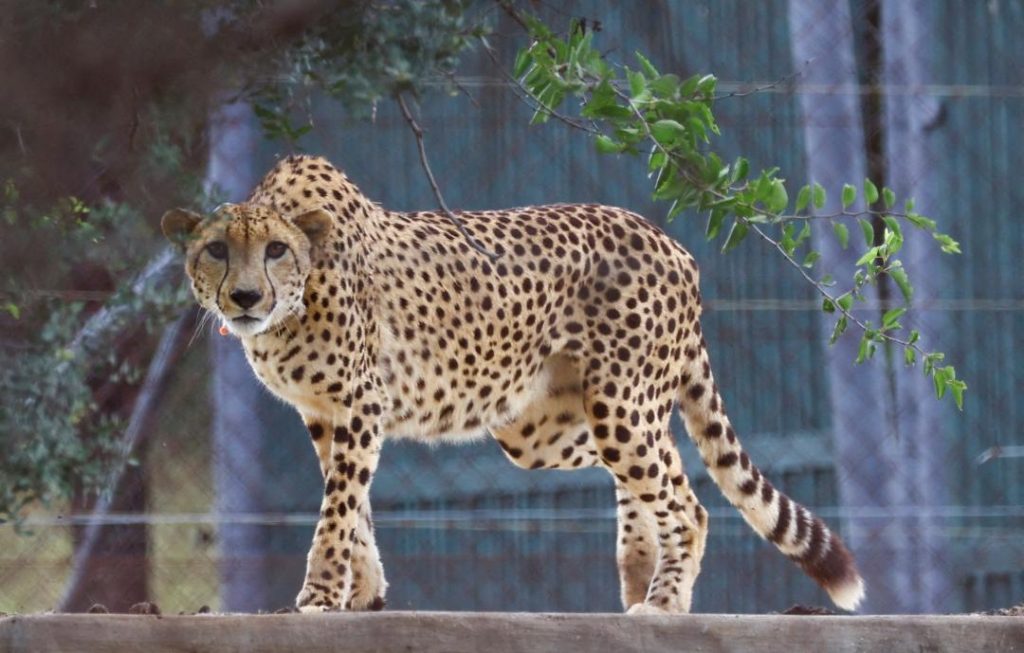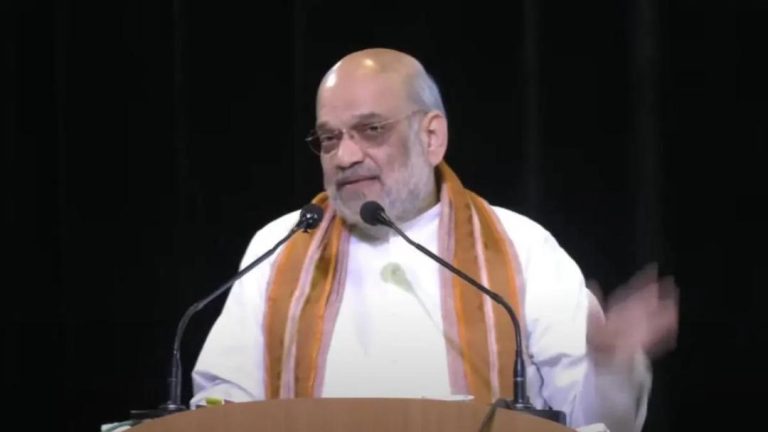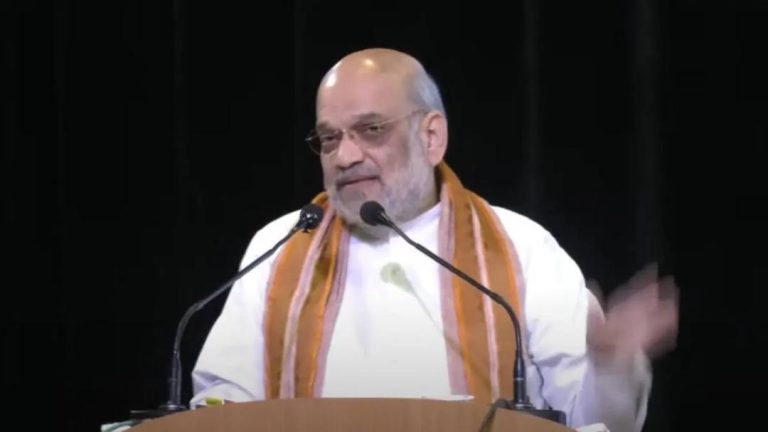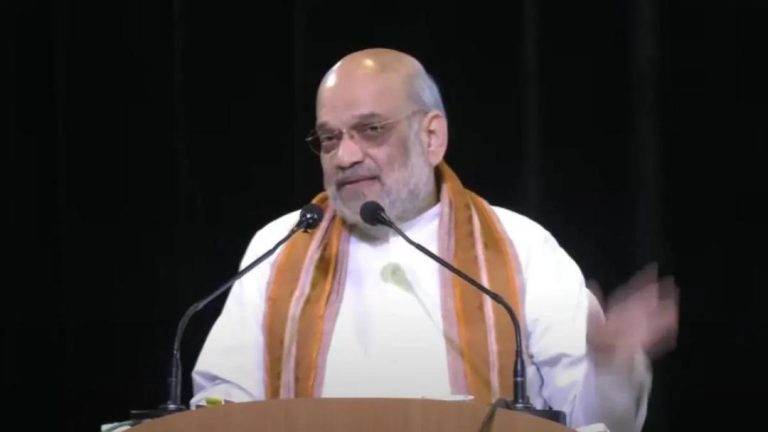
Indian Scientists Attempt to Revive Indian Cheetah, Last Seen 70 Years Ago
The majestic Indian cheetah, once a symbol of Indian wildlife, was last spotted in the country 70 years ago. The species was declared extinct in 1952 due to habitat loss, human-wildlife conflict, and poaching. However, a team of scientists at the Birbal Sahni Institute of Palaeosciences (BSIP) in Lucknow, Uttar Pradesh, is working tirelessly to bring back the Indian cheetah. The team is in the final phase of whole genome sequencing and is planning to reintroduce the Indian cheetah through a unique process of altering the DNA of an African cheetah to make it “India-specific”.
The project, led by Dr. Suresh R. Pardeshi, a renowned geneticist, aims to sequence the entire genome of the Indian cheetah, which was last seen in the Kipling Camp in the 1950s. The team has collected DNA samples from the fossil remains of the Indian cheetah and is working to understand its genetic makeup. This will enable them to identify the specific genetic traits that made the Indian cheetah unique and adapt to its native habitat.
Once the genome sequencing is complete, the scientists will use a technique called somatic cell nuclear transfer to alter the DNA of an African cheetah. This process involves replacing the nucleus of an African cheetah’s egg cell with the DNA of the Indian cheetah. The resulting embryo will have the DNA of the Indian cheetah, making it a “hybrid” cheetah with Indian genetic traits.
The scientists will then implant the embryo into the womb of an African cheetah, which will carry the pregnancy to term. The resulting cub will be a “reborn” Indian cheetah, with genetic traits that are unique to the species. The team plans to release the cub in a controlled environment, such as a wildlife sanctuary or a national park, to allow it to thrive and adapt to its surroundings.
The project is being funded by the Department of Biotechnology (DBT) and the Ministry of Environment, Forest and Climate Change (MoEFCC). The team has already made significant progress in sequencing the genome of the Indian cheetah and is expected to complete the process soon.
Dr. Pardeshi and his team are aware of the challenges involved in reviving an extinct species. They will need to ensure that the “reborn” Indian cheetah is able to adapt to its new environment and is not vulnerable to extinction again. The team will also need to work with conservationists and wildlife experts to ensure that the species is reintroduced in a responsible and sustainable manner.
The revival of the Indian cheetah is not just a scientific experiment, but also an opportunity to restore a symbol of Indian wildlife and culture. The cheetah was an important part of Indian folklore and mythology, and its reintroduction will help to reconnect people with their natural heritage.
The project is also seen as a success story for Indian science and technology, which has made significant progress in recent years. The country has become a hub for genetic engineering and biotechnology research, and the revival of the Indian cheetah is a testament to the potential of Indian scientists to tackle complex challenges.
In conclusion, the attempt to revive the Indian cheetah is a significant scientific and conservation effort that has the potential to make a lasting impact on Indian wildlife. The project is a testament to the power of science and technology to overcome even the most daunting challenges. As the team of scientists at BSIP works towards bringing back the Indian cheetah, they are not only reviving a species, but also restoring a symbol of Indian culture and heritage.






